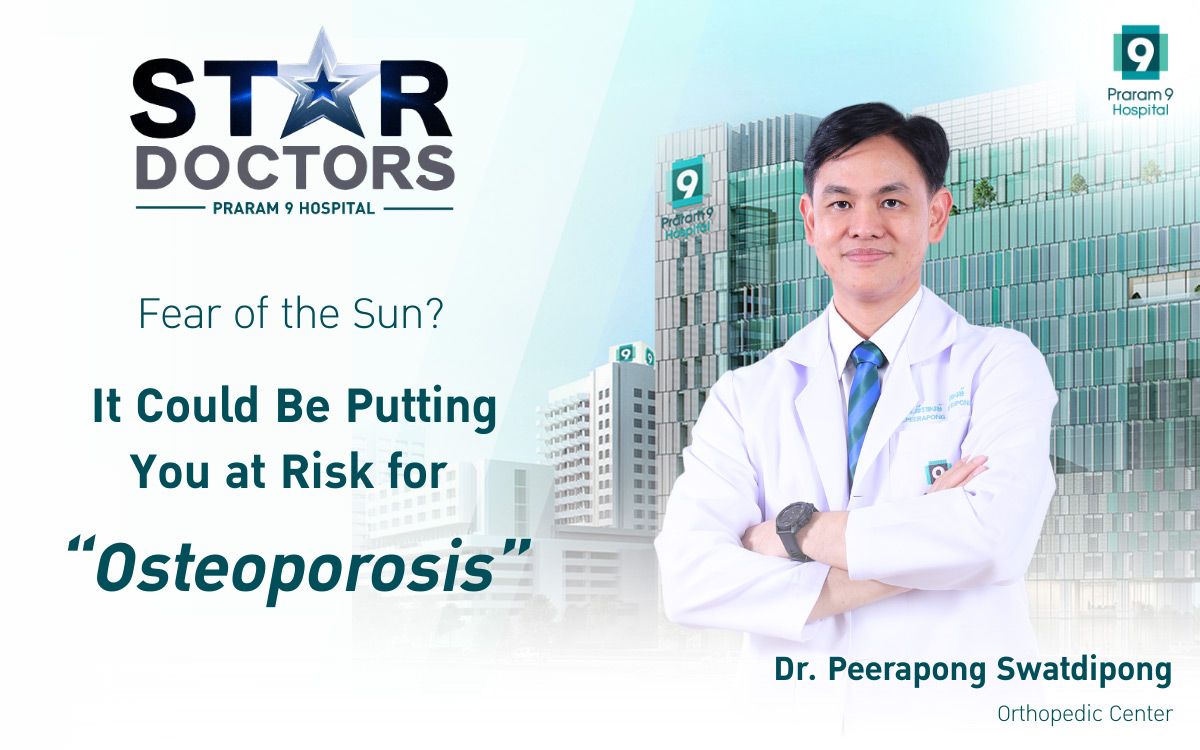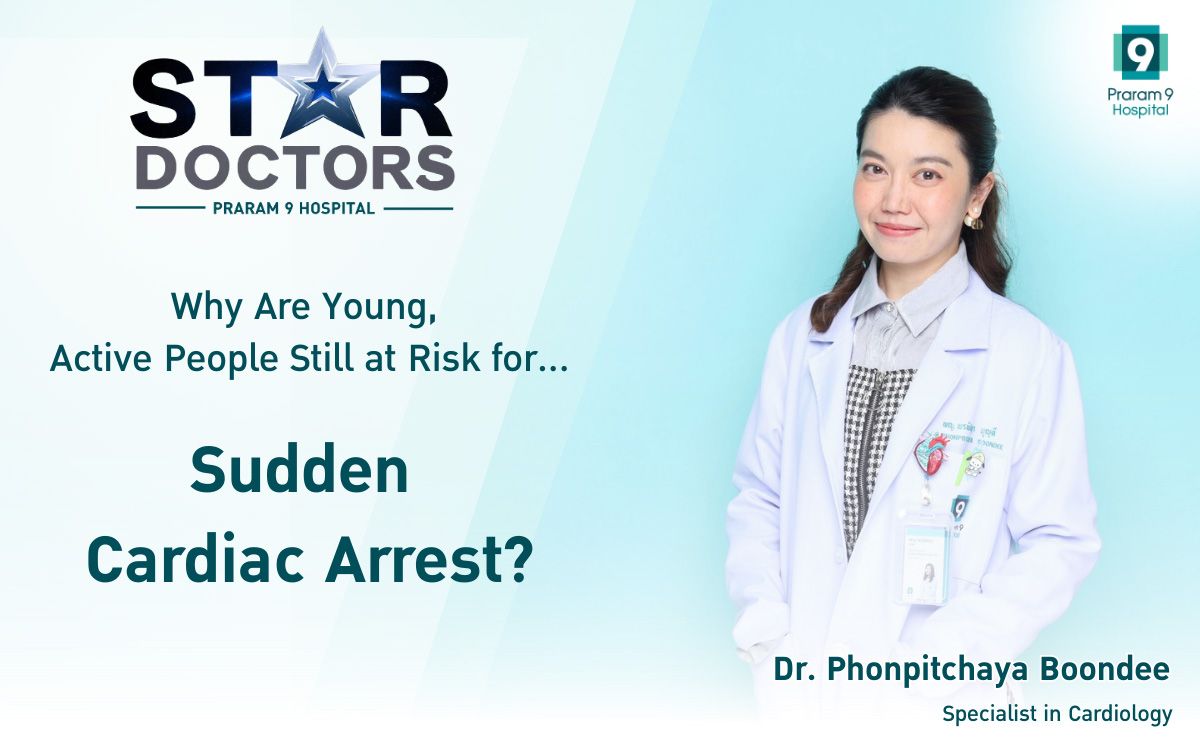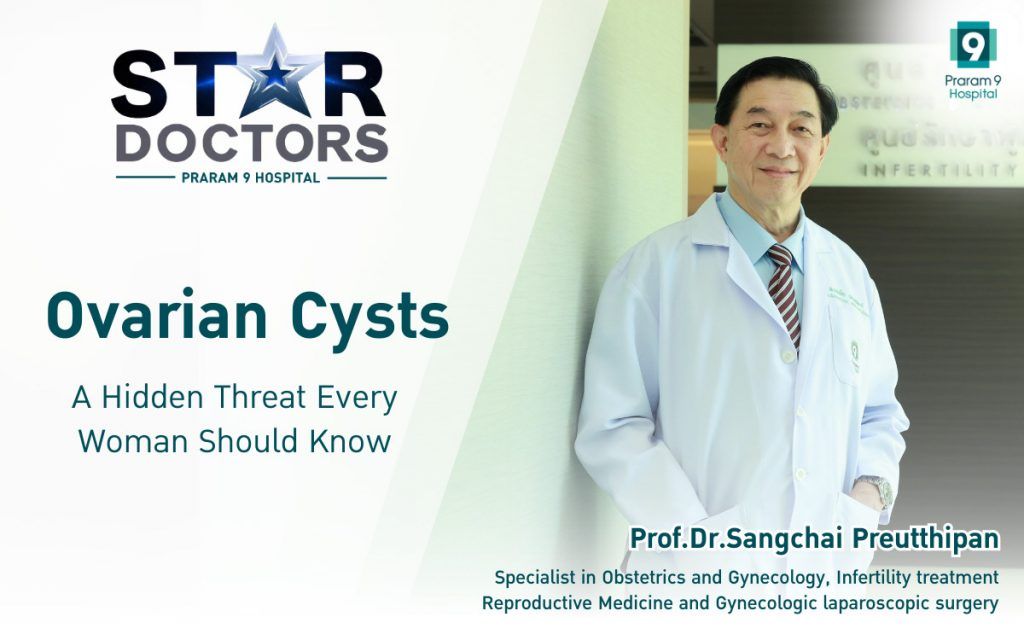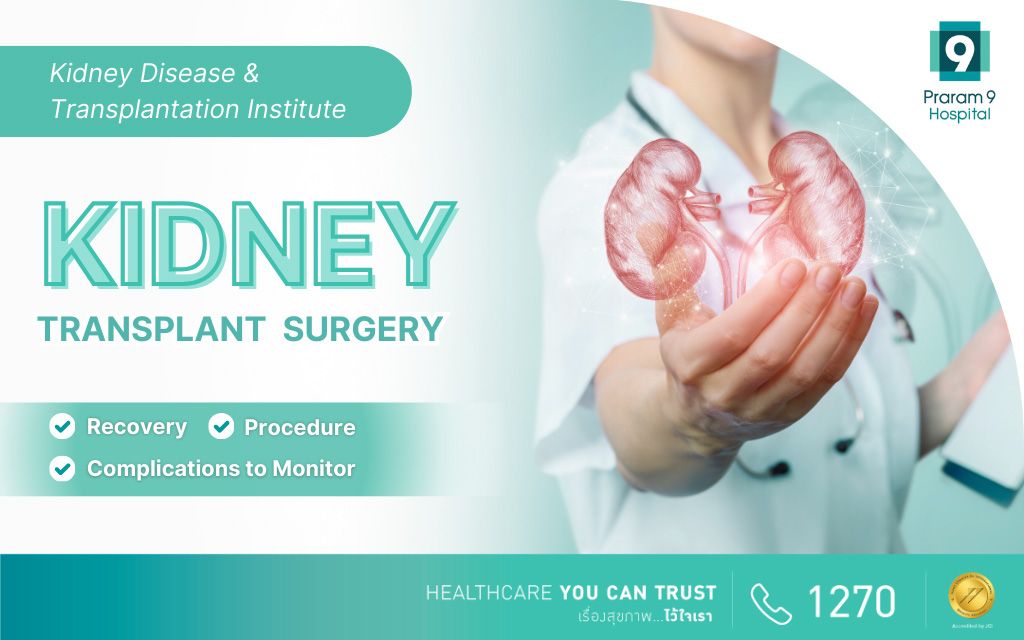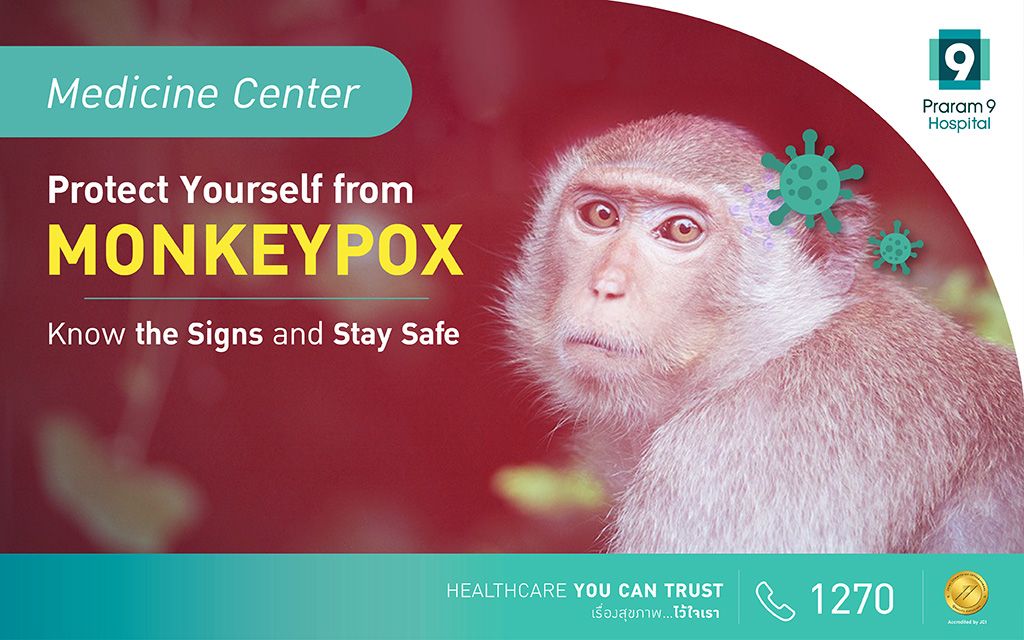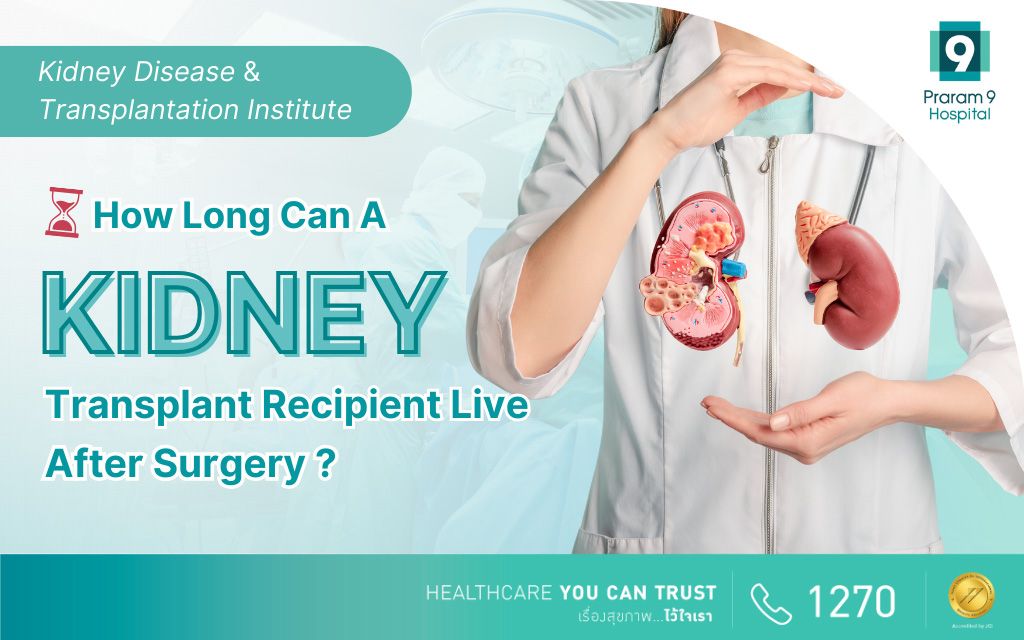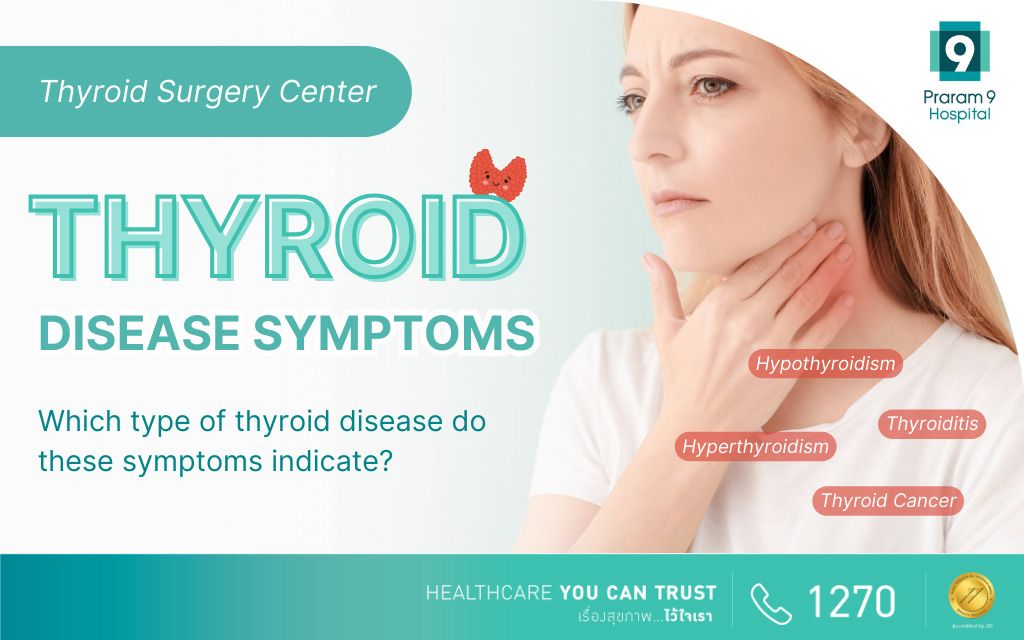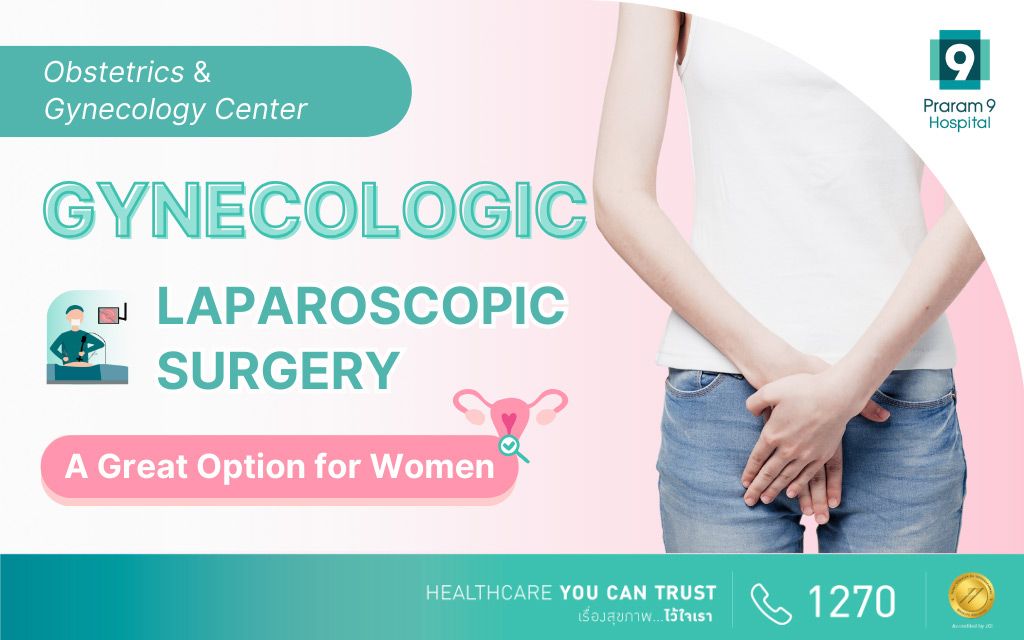Health Articles
Knowledge
UNDERSTANDING “DEPRESSION”

WHAT IS DEPRESSION?
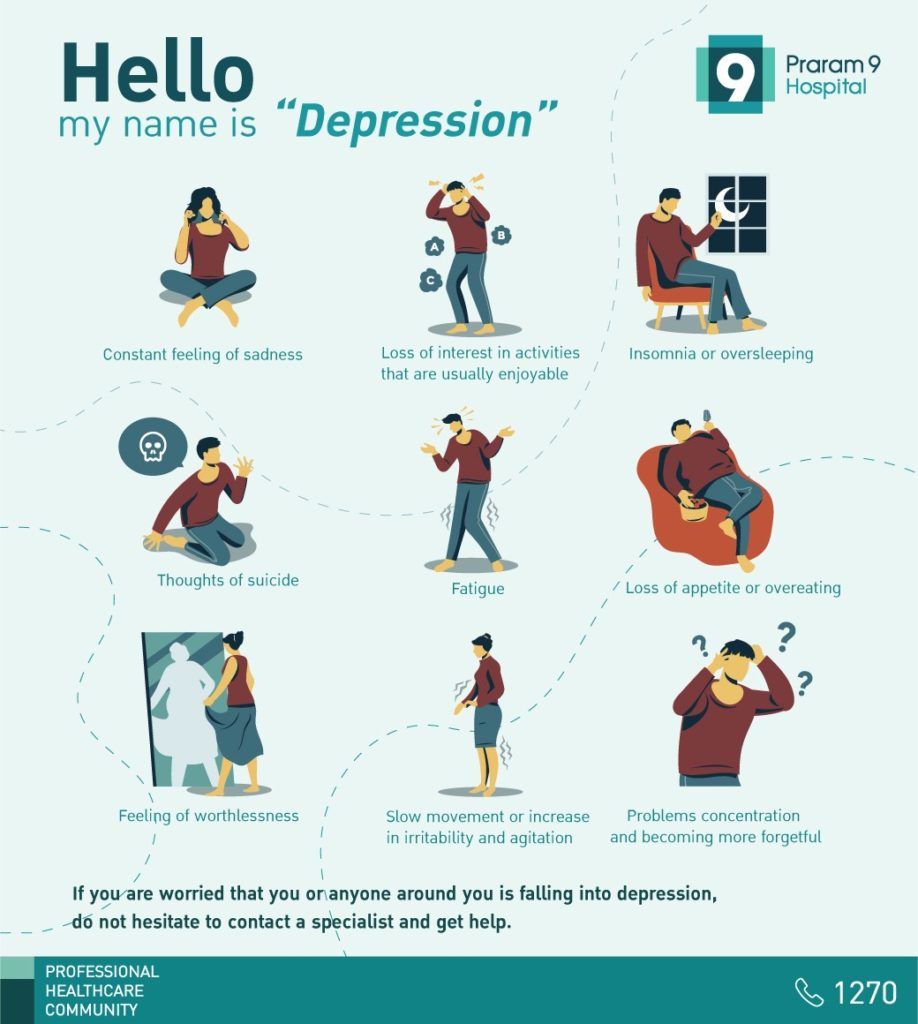
With the current state of the world situation there is an increase of stressors in the environment. This can affect people’s physical and mental health. The word “depression” is commonly used by people explaining their feeling of sadness or tiredness. The common use of the word depression has caused confusion whether they are feeling sad or they are depressed. Sadness is a normal human emotion responding to an external stimulus, however if the feeling of sadness prolongs for over 14 days or is accompanied by other symptoms, it can lead to depression.
Depression is not something to be taken likely and the word has a negative connotation for implying that someone may be weak or lazy. Depression causes burden to both the mental and physical health of the individual and people around them.
Depression and the brain:
Depression happens when there is an imbalance of three different neurotransmitters in the brain; serotonin, norepinephrine, and dopamine. An imbalance of these three hormones causes a change to a person’s emotions and physical wellbeing.
Signs to look for:
Specialist would look for these signs and symptoms when diagnosing someone with depression. Severity varies for different individual but a person is diagnosed with depression if a combination of these symptoms last longer than 14 days:
1. Feeling of sadness, crying without a reason, constant worrying, easily irritated or agitated which causes an effect on completing daily task.
2. Loss of appetite or overeating.
3. Insomnia or oversleeping.
4. Slow movements and indecisiveness.
5. Fatigue and tiredness.
6. Problems concentrating and increase in forgetfulness.
7. Feeling of worthlessness and loss in confidence.
8. Suicidal thoughts.
Some ways to treat depression:
1. Pharmacological treatment:
Treatment by medication targets the nervous system of the individual. Medication can help the imbalance of neurotransmitter return to normal. Treatment with medication is usually accompanied with other form of treatments to increase effectiveness. Adults are usually treated with medication for 9 to 12 months depending on the severity of their depression.
2. Psychotherapy:
Psychotherapy is a treatment style that focuses on a one on one session between a therapist and patient. The treatment style is often used with pharmacological treatment to enhance effectiveness. Currently there are multiple methods of psychotherapy, one of which is the cognitive-behavioral therapy (CBT) or supportive psychotherapy. The method of psychotherapy is chosen by the specialist depending on the patient’s symptoms. This treatment method has shown the most positive result compared to other methods.
3. Transcranial magnetic stimulation (TMS):
TMS is a therapeutic method using magnetic stimulations on the nervous system to change the direction of electrical current in order to stimulate brain cells. This method is used when patients do not respond to pharmacological treatment or has limitations that prevent them from using medication.
4. Electroconvulsive treatment (ECT):
ECT is only used when patients are suffering from major depressive disorder or has not responded to any other treatments. ECT involves electrically stimulating the brain while the patient is under anesthesia. This method of treatment is for patients who have severe cases of depression and those who may be harmful to themselves.

